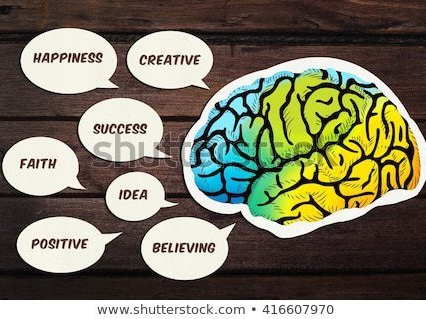When I was in brain injury rehabilitation, all I knew and strived for was to return to my “old self”. I saw my disability as an almost impassable obstacle in the road of my life, filled with negative consequences. However, more recently, I have identified mental growth in myself from my injury. Researching into this, I discovered the idea of post-traumatic growth (PTG):
Brain injury is a life-changing event. For those who have or know someone who has a brain injury, the effects of it are all too apparent and can include such things as post-traumatic stress disorder, depression, etc. The negative effects of brain injury are what is published and talked about but are too numerous to list entirely in this article. What is less discussed, though, is that brain injury can also have a positive effect and be, “a catalyst for positive change,” in an effect known as post-traumatic growth (PTG).
PTG was first recognized as a theory in 1995 by Richard Tedeschi, PhD and Lawrence Calhoun, PhD, both from The University of North Carolina at Charlotte, as something that lets survivors see “new opportunities as possible in life, an increased sense of personal strength, a greater appreciation for life in general and a deepening of spiritual life,” among other such positive effects. In this millennium, the idea of PTG has gained popularity and has been further explored. In 2015, for example, the NIH published a study that found that while effects of brain injury related to employment, depression, relationship status, one’s subjective beliefs about their own post-injury recovery and other such factors do have an effect on the possibility of developing PTG, none of them have a large effect on it.
Perhaps the greatest way to study the development PTG is to study the emotional effects that can result from brain injury, such as the best predictor of PTG: “having a high level of ‘purpose’”. Some studies report that 30 to 80 percent of those with a brain injury identify themselves has having some form of PTG. While other studies find this percentage lower, the subjective belief of having grown from a brain injury is something that the NIH finds a good predictor. Believing in yourself is necessary to grow.
Rehabilitation facilities have started to promote this mental growth into rehabilitation, as the theory of PTG has become more widespread. This year, a study entitled Post-traumatic growth in adult survivors found, “a greater understanding of the development of PTG following ABI may help rehabilitation clinicians to promote better adjustment by focusing on a clients’ potential.” Also this year, a study called The relations between post-traumatic grown and return to work following mild traumatic brain injury discovered that PTG also occurs in those with mild brain injury. According to the NIH report, this has, “important implications for rehabilitation planning, individual and family adjustment, and the prediction of long-term outcome as it pertains to return to work, in particular.”


Great article. Love this.